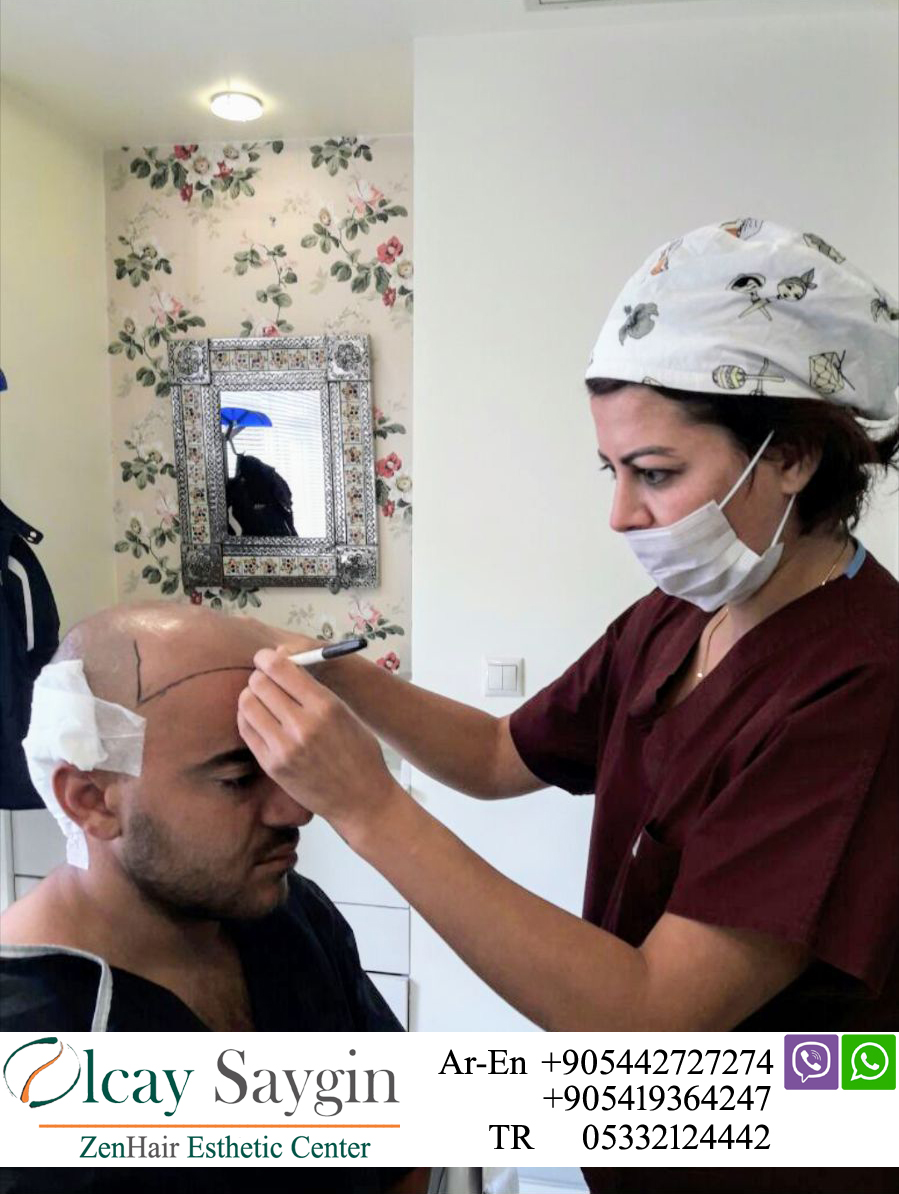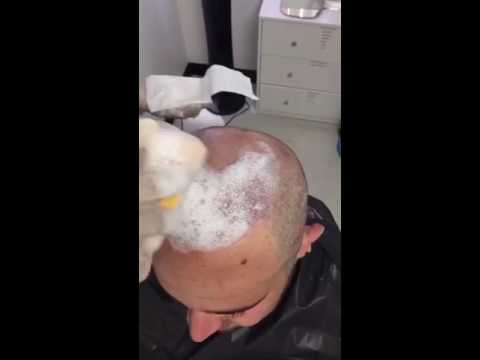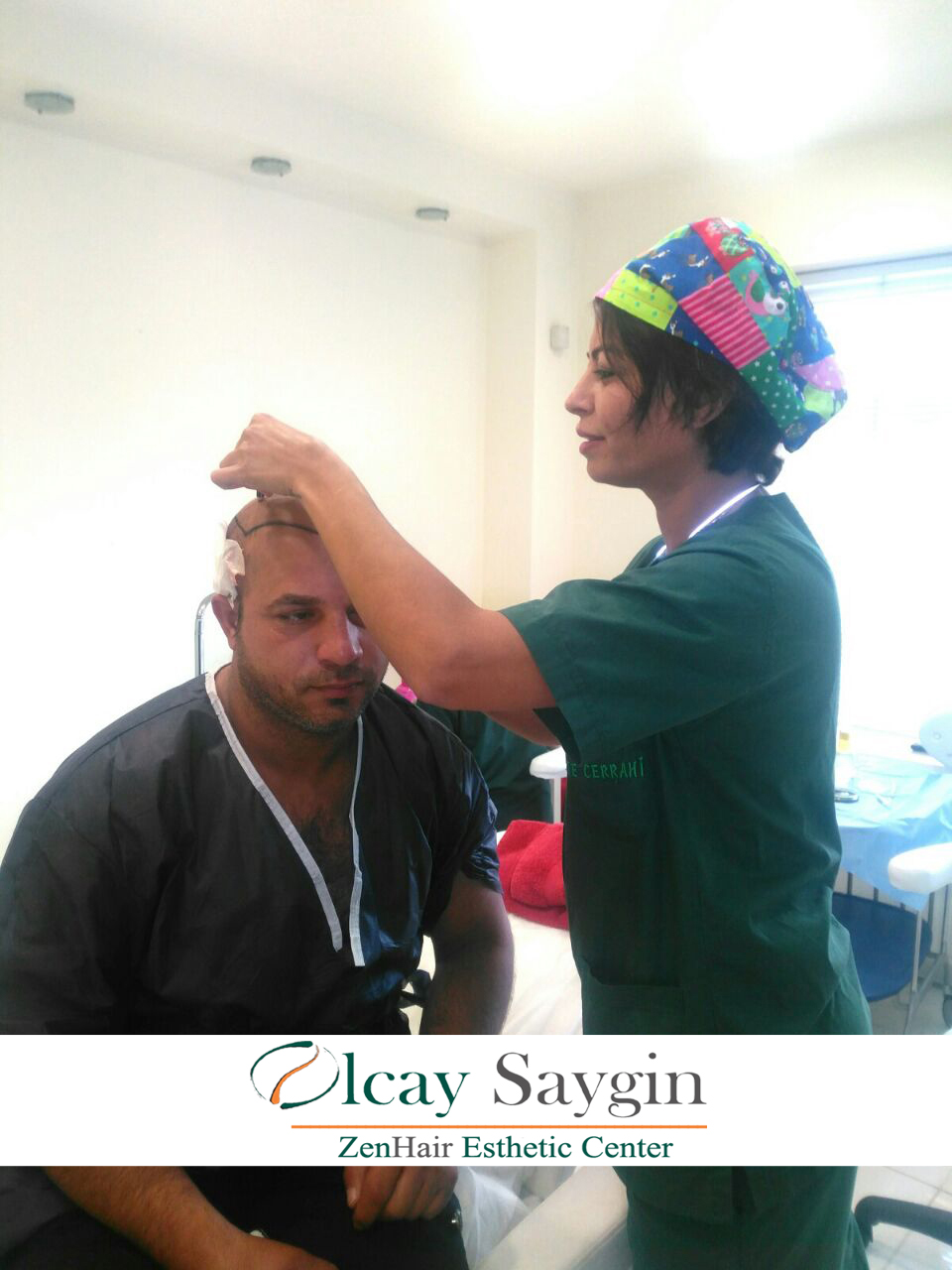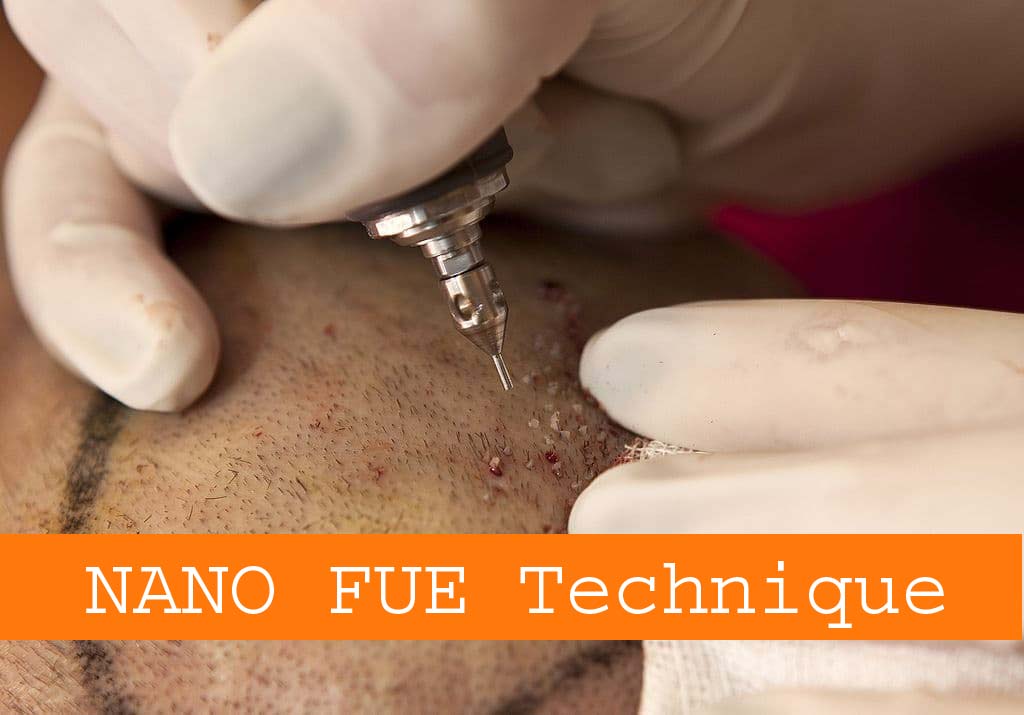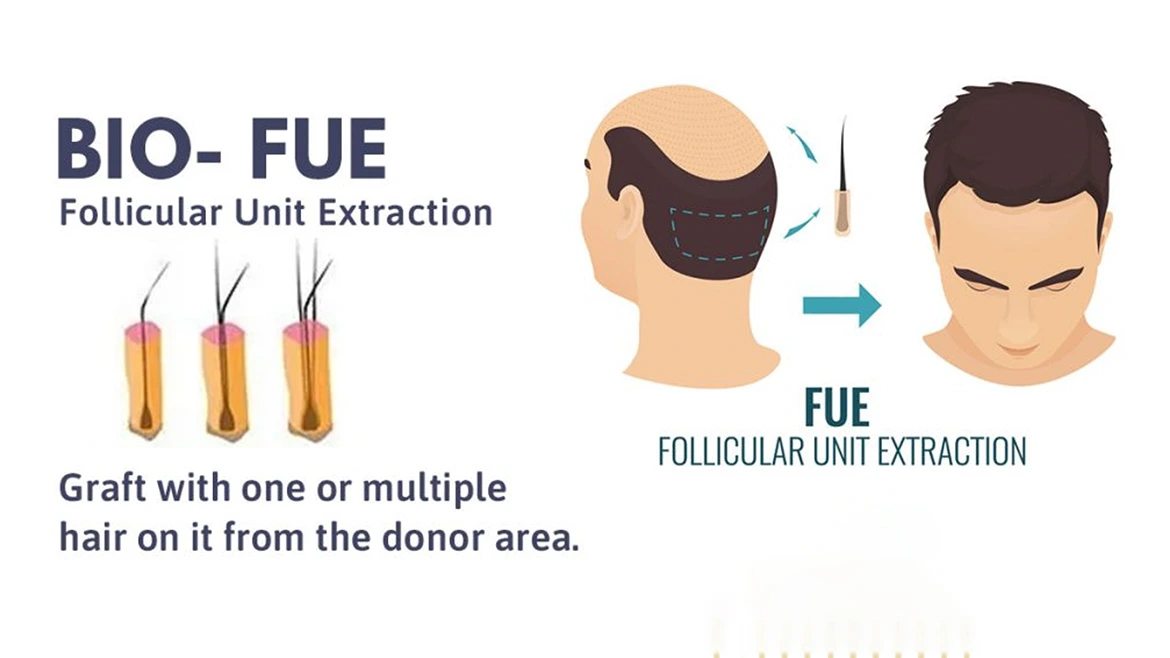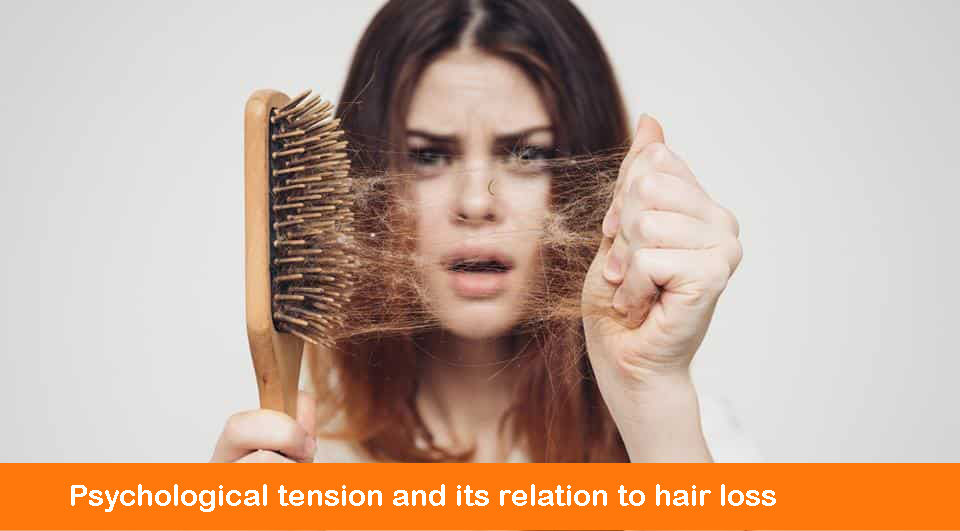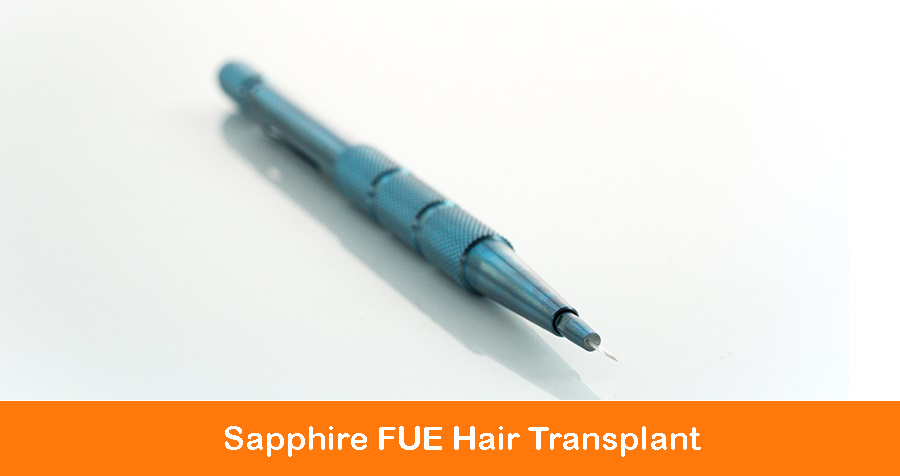Which hair transplant method is best for you?
In this technological era, there are a lot of hair transplant techniques available and every now and then new ones are introduced. The question of which technique best suits your condition always arises as one is on a quest to getting a hair transplant done. Comparatively, all the methods can produce natural looking results depending on the experience of the surgeon.
There are generally 4 main methods of hair transplant, they include:
1. Follicular Unit Hair Transplant (FUT)
2. Follicular Unit Extraction (FUE)
3. Direct Hair Implant (DHI) and
4. Stem cell hair transplantation
I am just going to mention some explanations, the advantages and differences in each to give an insight of how all the procedures work.
The FUT technique
This technique is not very recommended nowadays because it is an old method and scary for most of people. In the FUT technique, a strip of tissue with hair follicles is extracted from the back of the scalp and the incision is then sutured. Hair follicles are extracted from the strip of skin and implanted into the recipient areas by a skilled clinical team.
There are numerous disadvantages of the FUT technique compared to the other techniques.
Disadvantages of the FUT
The risk of scarring and a longer recovery period per treatment session. The FUT technique often leaves a linear scar at the area where the donor strip is excised. Furthermore, FUT treatments can result in stretching of the scalp which can exacerbate the appearance of the linear scar. The stitches used to close the excision will need to be in place for one to two weeks, and it is advisable patients avoid strenuous activity for a few days before the removal of the sutures.
The FUE technique
The FUE technique emerged as a solution and better implementation of the hair surgery after FUT. Rapid developments in hair transplantation have produced smaller and more advanced tools and the hair transplanting techniques have subsequently moved from macro, to micro, and then to Nano. The Nano Fue is the latest automated high-quality procedure of the Fue technique which facilitates the harvesting of hair grafts during a FUE hair transplant surgery. This method has drastically improved the accuracy and speed over generally used manual extracting equipments.
Advantages of FUE:
Advantages of FUE can be categorized into two. The Surgeon’s perspective and the the patient’s perspective.
*Surgeon’s perspective:
1. Good for patients requiring a large number of grafts.
2. The procedure is traumatic and surgical experience is essential.
3. Graft preparation is minimal.
4. Less equipment is needed.
*Patient’s perspective:
1. Minimal post-operative recovery time
2. Microscopic scars in donor area are almost invisible
The DHI technique
DHI hair transplant technique requires the use of a patented tool to implant each hair, one at a time into the scalp without the need for any incisions. It is performed by using a special tool called “Choi implanter” it looks like a pen so it is also referred to as “Choi pen”. The grafts which are extracted through DHI are directly implanted into the recipient area without the manual opening of hair channels. This new technology assures the natural hairline from the front side of the head. Also, it gives a good density hair appearance.
Advantages of the DHI Technique
1-Getting a high rate of viable healthy follicles.
2-Reducing the time of the procedure (with a medical team experienced in Choi implanter pen technique) as creating the incisions and implanting the follicles are combined in one step. It also reduces trauma during follicles transfer and causes less damage in the blood supply to the implanted area.
3-No Scarring: the DHI tool ensures that hair extractions are well-distributed and so there is no scaring. This helps in faster recovery.
4. It requires less manpower than FUE.
Stem cell hair transplantation
The stem cell hair is entirely a bit different.The process of stem cell transplant for hair is similar to the traditional methods of stem cell treatment. Instead of removing a number of hair strands to transplant to the hair loss areas, a stem cell transplant for hair is performed. The procedure starts by removing a skin sample where the hair follicles are obtained. The sample is then reproduced and implanted in the areas with hair loss. This allows the hair to grow and propagate in the parts where hair has thinned or is absent, and where the follicles were taken from. It is better for one to use his own stem cells because using anothers’ might call for changes to contact a disease or fatal illness. Stem cell transplant is painless and effective. However one thing to know with stem cells is that results are never guaranteed although there is high chances of success.
The most commonly used techniques and preffered by hair transplant patients as well i would say is the Micro Fue and the DHI techniques these days. All other techniques have some complications here and there, but the FUE and DHI are the most suitable for all types of hair conditions and their results is 100% guaranteed.


